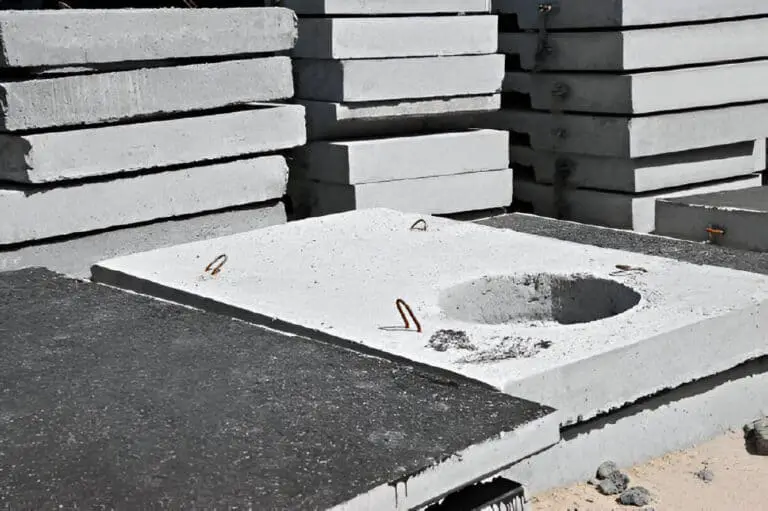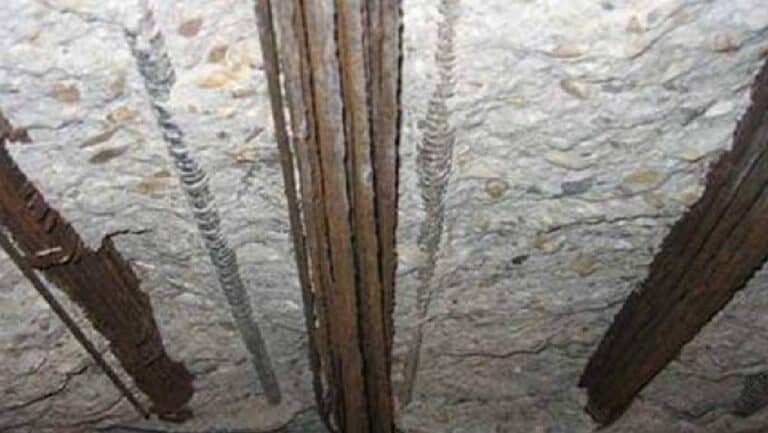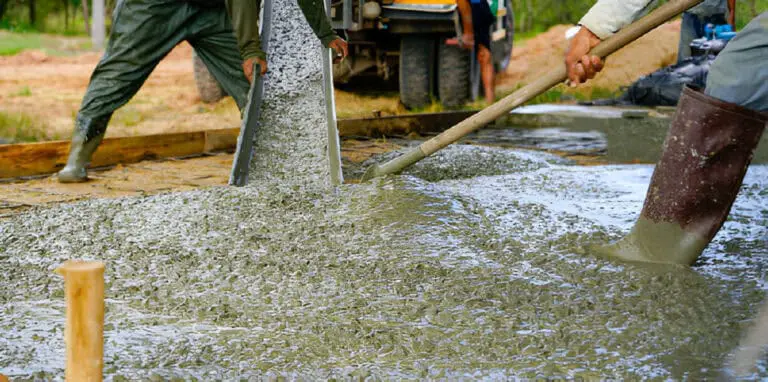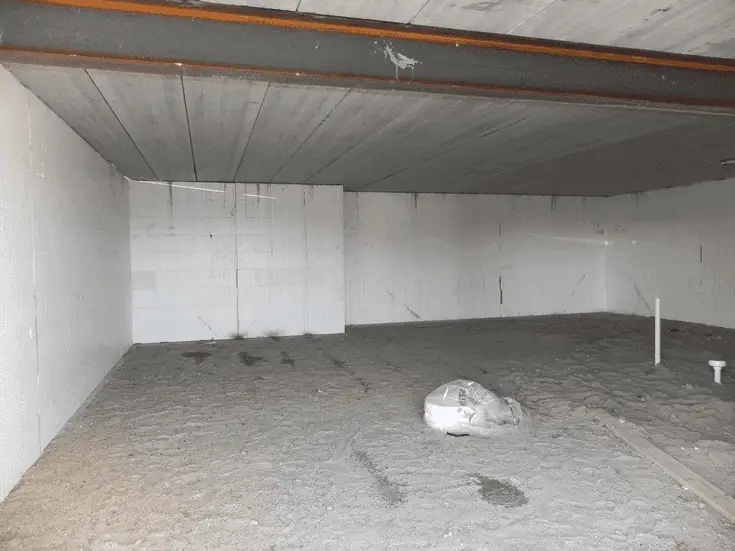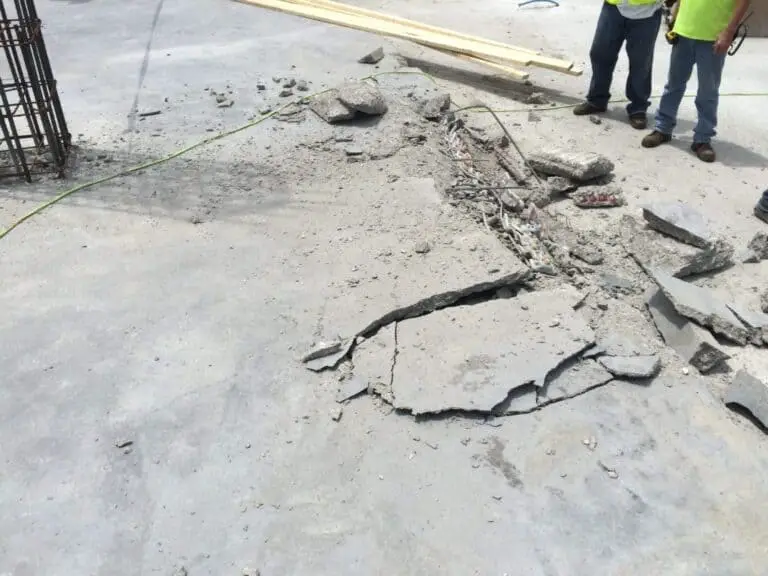How to Keep Your Porch Paint From Peeling? (Helpful Tips)
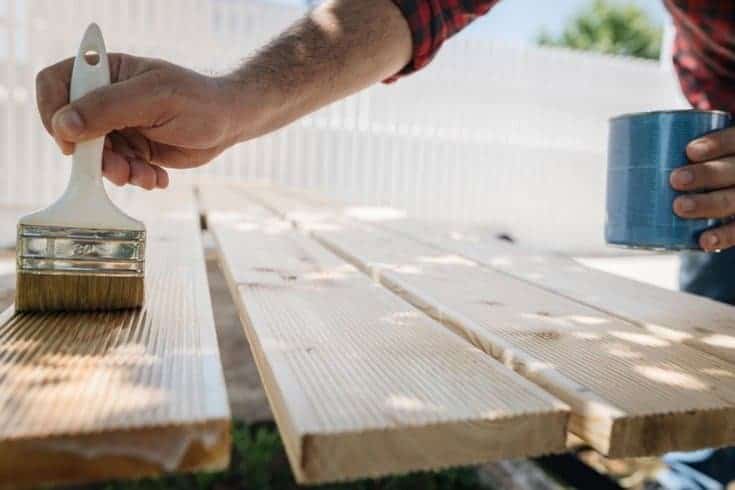
Paint peeling on your porch might be caused by excessive moisture or incorrect paint application. Depending on how your porch is set up, you may require some advice on how to avoid peeling.
Even though you need some basic understanding of how painting works, it is not something too complicated.
You can avoid paint peeling off your porch by using sealers and primers during the painting process. It is also important to choose the correct weather to do the painting. It shouldn’t be too cold or too hot. Preparing your porch before painting by sanding and washing it thoroughly is also recommended.
In this post, we’ll go over numerous efficient methods for preventing your porch’s paint from peeling. This may be a bothersome issue, so having the appropriate information can assist you in preventing it. Continue reading and let’s get started!
What Causes Porch Floor Paint to Peel?
Many factors must be present for the paint to attach to a surface before a bonding connection can be formed between the paint and that surface. If one or more problems are present, this bond can break, which can lead to peeling or flaking.
The following are some of the most common causes of peeling paint on porch floors or deck surfaces in general:
- Bad paint. Expired or low-quality paint may lack the attribute needed to form a strong bond, making it more prone to issues such as poor application or peeling.
- Poor preparation If you’re painting over a glossy surface, you’ll need to clean and dull it using an abrasive cleanser before applying the new paint. Paint primer is also advised for use on the surface, as it improves the bond between the paint and the adhesion for a longer period of time. Perhaps it wasn’t properly primed before painting.
- Poor application How you apply the paint to your deck has a big impact on how happy you are with the end result. The pros, they use high-quality paint, equipment, and procedures to achieve a finish that will last for years.
- Dirt. Paint will not cling well to an unclean surface, it peels off. It’s possible that it happened because the porch wasn’t well cleansed of mildew, oils, dust, or grime. So make sure the deck is free of dirt, debris, mildew, and other pollutants before painting.
- New wood. No matter how dry the wood seems, new wood has oils that can cause paint to peel off. This is especially true with cedar. In addition, wood that has not been properly dried may have too much moisture, causing the paint to peel.
- Moisture. Moisture is the number one enemy of paint. Any effort for a smooth bonding between paint and any material will fail, simply because moisture separates the paint from the wood surface.
How to Keep Your Porch Paint from Peeling
Most of the time, porch paint starts to peel off because it wasn’t painted right in the first place. This may be caused by things like failing to seal the paint, not scraping old paint before applying new paint, and so on. We’ll go through the following ways to keep your paint from peeling:
- Cleaning the Porch Surface Before Painting
- Remove the Old Paint
- Paint During the Right Weather Conditions
- Paint During the Right Moisture Conditions
- Prime Your Porch Before Painting
- Seal the Porch After Painting
- Don’t Paint Before the Rain
1. Cleaning the Porch Surface Before Painting
When you are painting a surface, it is important to make sure that it is clean before you start. This will ensure that the paint goes on evenly and covers the surface completely. If the surface is dirty or covered in dust, the paint will not stick properly and may peel or chip off.
Wiping down any light fixtures that dangle over your porch, as well as removing any hanging plants, will also assist.
Wiping down any light fixtures that dangle over your porch and removing any hanging plants can also assist.
You can use a household cleaner or rub it with alcohol. Be sure to read the instructions on the cleaner carefully, so that you do not damage the surface. You can also use a vacuum cleaner to remove any dust or dirt from the surface.
Make sure to clean your porch well and let it dry before you paint it so that you don’t trap dirt under the paint.
This prevents water from flowing down onto the paint surface and prevents dirt from dropping from above when painting.
2. Remove the Old Paint
nother important task before repainting your porch is to remove the old paint as much as possible. You may scrape off the old paint by using:
- Paint stripper products
- Etching solutions
- Paint scrapers
- Heat Gun
Using a paint stripper is the easiest way to remove paint, but it can also be the most dangerous because it contains chemicals. You must use caution when doing so in order to avoid damaging the surface (particularly if it is made of wood).
Make sure you read and follow the instructions carefully, and wear gloves and a respirator while you work.
However, you can scrape the surface using a scraper or other abrasive tool. If you have a concrete porch, you may also use an acidic solution to remove the previous paint. But don’t apply it to a wooden porch.
If your porch is made of wood, you’ll want to use sanding equipment after you’ve manually removed as much of the old paint as you can.
Sanding will not only remove hard-to-reach paint specks, but it will also help smooth out the surface of the porch before painting. Sanding also helps the paint adhere better because it generates little grooves.
A heat gun will loosen the paint, so you can scrape it off. Be careful not to damage the underlying surface with the heat gun.
3. Paint During Good Weather Conditions
Spring has finally sprung, and with the nicer weather comes the desire to clean and freshen up your porch with a new painting. But before you pick up that paintbrush, be sure to check the forecast!
It doesn’t matter how clean your porch is if you don’t paint it at the proper time. Paint will adhere differently if it is applied in temperatures that are just too hot (above 85 degrees F) or just too cold (below 60 degrees F).
The ideal temperature will vary depending on whether you’re using oil or latex-based paints, so it’s a good rule of thumb to remain within this range.
Paint will not be able to adhere uniformly to the wood or concrete surface if this is not done, and it will ultimately bubble up and peel in those areas. For this reason, porches are often painted in the spring or summer.
It is important to remember that certain paints advertise their use even in low temperatures or freezing conditions. This isn’t much of a benefit since they won’t dry well in such conditions and really require warmth and dryness.
If you’re painting indoors, try to choose a day when there’s plenty of natural light. This will help speed up the drying process and avoid the need for additional lighting fixtures or lamps.
4. Paint During the Right Moisture Conditions
The moisture level outdoors is as crucial as the temperature while painting your porch. If the weather is very humid, the paint will not dry correctly or stick to the porch. The truth is that the best time to paint depends on the moisture level in the air.
Painting a porch surface should be done after it has dried for at least 5-8 hours. This implies you should wait for a day or two after heavy rain, and you should absolutely wait until you’ve cleaned the porch surface.
Tiny water droplets can be stuck beneath the paint covering if it’s too damp outside or within the wood/concrete.
If the air is too dry, the paint will not stick to the surface, and it will chip and peel off. If the air is too wet, the paint will not dry properly and it will also chip and peel off. The ideal moisture level for painting is when the air is slightly humid. This will ensure that the paint sticks to the surface and dries properly.
Because paint is comprised of polymers and oil-based chemicals, it may really trap moisture there.
If this happens, the paint may flake in the future as it dries and is not attached to the porch.
Additionally, trapping moisture in wood (if you have a wood porch) is definitely not a good idea. It will lead to decay and rotting down the road. This exposes the wood to a variety of diseases that you wish to prevent.
5. Prime Your Porch Before Painting
If you’re planning to paint your porch, it’s important to prime it first. Priming will help the paint adhere better and will make it last longer. If you don’t prime, the paint may peel or chip off.
A primer is particularly formulated to aid paint adhesion to the surface (especially wood surfaces). It truly helps the paint adhere to all the porch’s surfaces at the same time, resulting in a faster drying time.
When priming your porch, be sure to cover all of the surfaces completely. The primer should be applied in two coats, and each coat should be allowed to dry completely before applying the next coat.
6. Seal the Porch After Painting
If you’ve recently painted your porch, you’ll want to make sure it’s sealed properly to protect the paint and keep it looking new for longer.
The amount of moisture your porch will be exposed to after the paint dries is another consideration that is often overlooked.
Applying a sealant is a quick and easy process that only takes a few minutes and will help keep your porch looking great.
There are a variety of sealants available, so be sure to choose one that is designed for outdoor use. The sealant should be applied in a thin coat, using a brush or roller, and should be allowed to dry completely before use.
Once the sealant has dried, your porch will be protected from the elements and should look new for many years.
To preserve the water-guarding effect, you may need to apply these sealant products on a regular basis, such as once a year.
7. Don’t Paint Before Rain
If you are like most people, you probably think that painting before it rains is a good idea. You might think that the rain will help to clean the paint off of your brushes and keep your work area clean. However, this is not actually the case. In fact, painting before it rains can actually lead to a number of problems.
One of the main problems with painting before it rains is that the rain can cause your paint to streak. This happens because the rain causes the paint to drip down your walls in a way that is not uniform. As a result, your walls may look worse than they did before you started painting.
Another problem with painting before it rains is that the rain can make your paint runny. This means that the paint will not stick to your walls as well as it should, and it may end up looking sloppy.
Find a few days in a row when it won’t rain or be too windy, and then start your project.
Conclusion
Are you looking for a way to keep the paint on your porch from peeling? Don’t worry; there are a few crucial actions you may take during the painting process to reduce the chances of this happening.
Before you begin painting, a porch must be completely cleaned, scrubbed, dried, sanded, and prepared. You must also use a primer before applying a paint coat and a sealer once the paint coat has dried.
Humidity that gets hidden beneath the paint or makes its way through the paint is the most common cause of paint peeling on porches. So, if you can follow our above recommendations to keep moisture out, you should be able to reduce the likelihood of paint peeling.

